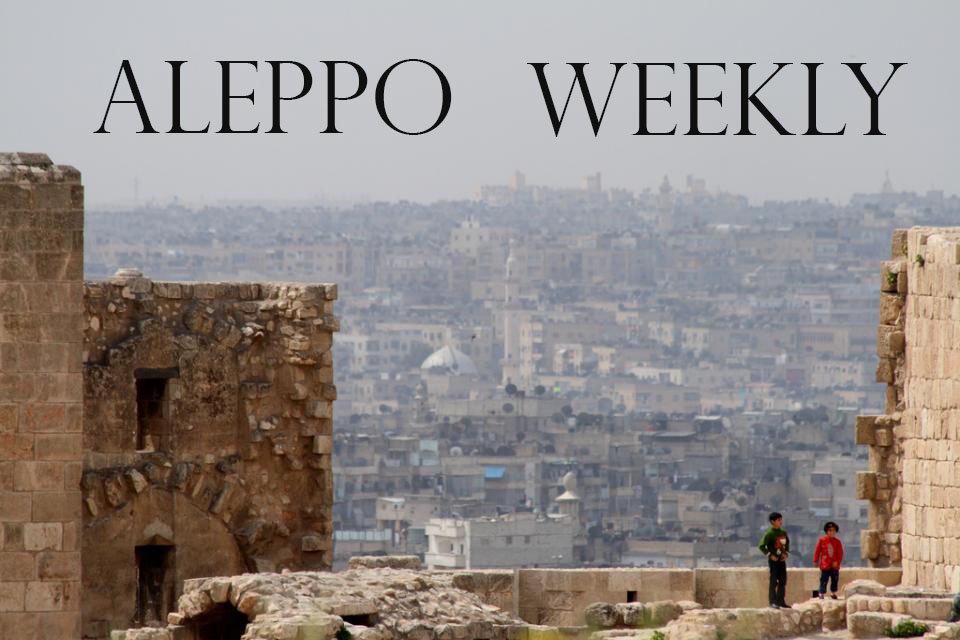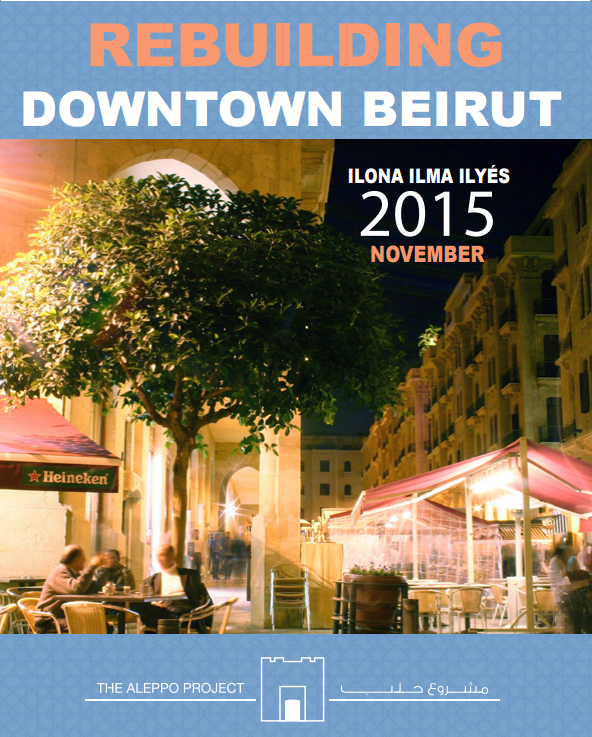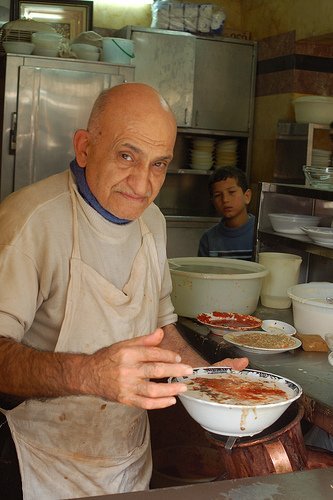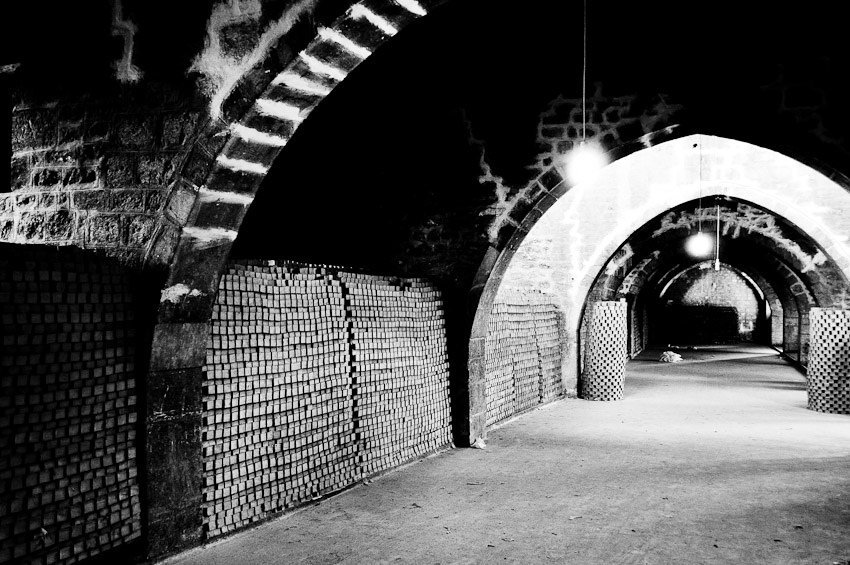The Aleppo Weekly is a compilation of what CCNR staff found to be the week’s most compelling stories, images, videos, and other resources that provide information about the life in the Syrian city, analyze the conflict that is destroying it, and help residents plan for their future. The weekly follows topics of interest to the Center’s researchers, and has a special focus on those displaced from the city and others whose voices are rarely heard when it comes to peacemaking or reconstruction.
read moreNovember 2015
All posts from November 2015
The reconstruction of Beirut: Lessons for Aleppo
by The Aleppo Project on November 24, 2015There are many lessons for Aleppo from what happened in Beirut:
• Rebuilding driven by the few for the few will fail.
• The core values must be accountability and transparency.
• Aleppo should not focus on investor-led fantasies of what the city might be but concentrate on rebuilding families, their businesses and the local economy.
• Economic resilience should be a key part of any reconstruction.
• Rebuilding the city centre is essential, but so is an integrated plan for the whole city.
• Reconstruction will not mend deep political divisions, but can be used to rebuild common public spaces that promote reconciliation.
• Democratic control may mean reconstruction takes longer, but it will be done better and is less likely to deepen social divisions.
November 16-22
by The Aleppo Project on November 23, 2015The Aleppo Weekly is a compilation of what CCNR staff found to be the week’s most compelling stories, images, videos, and other resources that provide information about the life in the Syrian city, analyze the conflict that is destroying it, and help residents plan for their future. The weekly follows topics of interest to the Center’s researchers, and has a special focus on those displaced from the city and others whose voices are rarely heard when it comes to peacemaking or reconstruction.
read moreNovember 9-15
by The Aleppo Project on November 17, 2015The Aleppo Weekly is a compilation of what CCNR staff found to be the week’s most compelling stories, images, videos, and other resources that provide information about the life in the Syrian city, analyze the conflict that is destroying it, and help residents plan for their future. The weekly follows topics of interest to the Center’s researchers, and has a special focus on those displaced from the city and others whose voices are rarely heard when it comes to peacemaking or reconstruction.
read moreFriday’s Fool
by Yahya Al-Abdullah on November 13, 2015Before the conflict in Syria, on any busy street in Aleppo on a Friday morning you would see a long queue in front of one small shop. Everyone in the line, including children, would be carrying a big bowl and would be waiting to take home fool, the traditional breakfast of choice for the people of Aleppo.
read more
November 2-8
by The Aleppo Project on November 10, 2015The Aleppo Weekly is a compilation of what the Center for Conflict, Negotiation and Recovery staff found to be the week’s most compelling stories, images, videos, and other resources that provide information about life in the Syrian city, analyze the conflict that is destroying it, and help residents plan for their future. The weekly follows topics of interest to the Center’s researchers, and has a special focus on those displaced from the city and others whose voices are rarely heard when it comes to peacemaking or reconstruction.
read moreAleppo Soap
by The Aleppo Project on November 6, 2015Europe owes much to cities like Aleppo. We owe the city for being a storehouse of classical knowledge when much of it disappeared from Europe. We owe it the Old Testament of the King James Bible, thought to be substantially drawn from the Aleppo Codex, a Jewish text that spent eight centuries in the city. On a more mundane level, we all owe something to Aleppo for a product we use every day: soap.
read more
October 26 – November 1
by The Aleppo Project on November 2, 2015The Aleppo Weekly is a compilation of what the Center for Conflict, Negotiation and Recovery staff found to be the week’s most compelling stories, images, videos, and other resources that provide information about life in the Syrian city, analyze the conflict that is destroying it, and help residents plan for their future. The weekly follows topics of interest to the Center’s researchers, and has a special focus on those displaced from the city and others whose voices are rarely heard when it comes to peacemaking or reconstruction
read moreCultural Marriage: The Syrian Eagle and the Armenian Star
by The Aleppo Project on November 2, 2015Image 1: Pillowcase with the Syrian Eagle and the eight-edged star
Armenians, like other minorities in Syria, have contributed to and been influenced by Syrian culture, symbols and history. After the Armenian Genocide in 1915, several hundred thousand Armenians deported from Turkey adopted Syria as their new home. Shortly afterwards, in September 1918, the last Ottoman troops left Syria and Faisal Bin Hussain from the Hashemite dynasty became its king. The French mandate ended the independent kingdom of Syria on 24 July 1920. For 26 years, the Syrians struggled to gain their full independence and finally on 17 April 1946, the Syrian Republic emerged. During the early years of independence, a handmade pillowcase was found in Aleppo where the unknown Armenian artist interestingly combined two symbols, one Syrian and one Armenian. As shown in the image (1) below, the finely crafted needlework shows an eagle – the Syrian independence emblem – circled by flowers. Below the eagle, in Arabic script, the artist wrote Al-Jumhuriye al-Suriye, the Syrian Republic. Given the time this piece was made, this is a clear indication of a celebration of independence.
read more The Aleppo Project
The Aleppo Project



